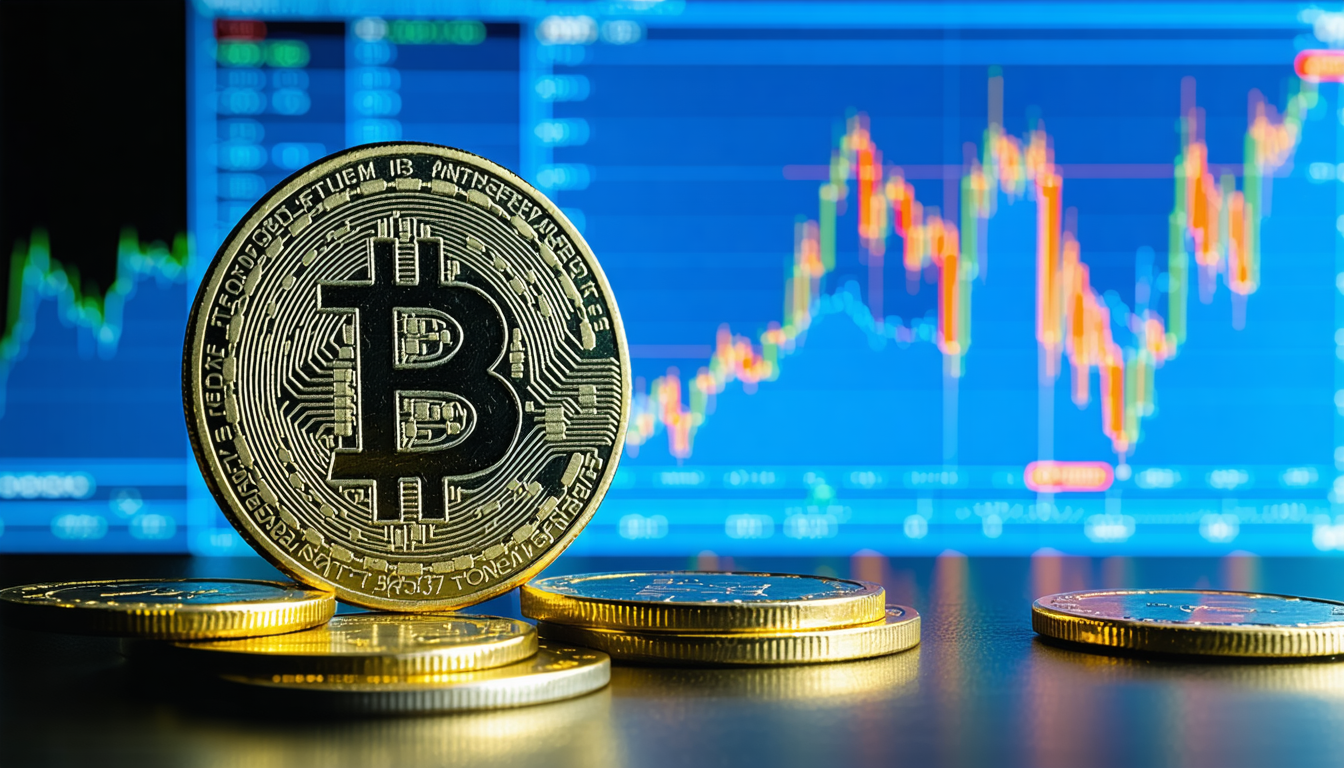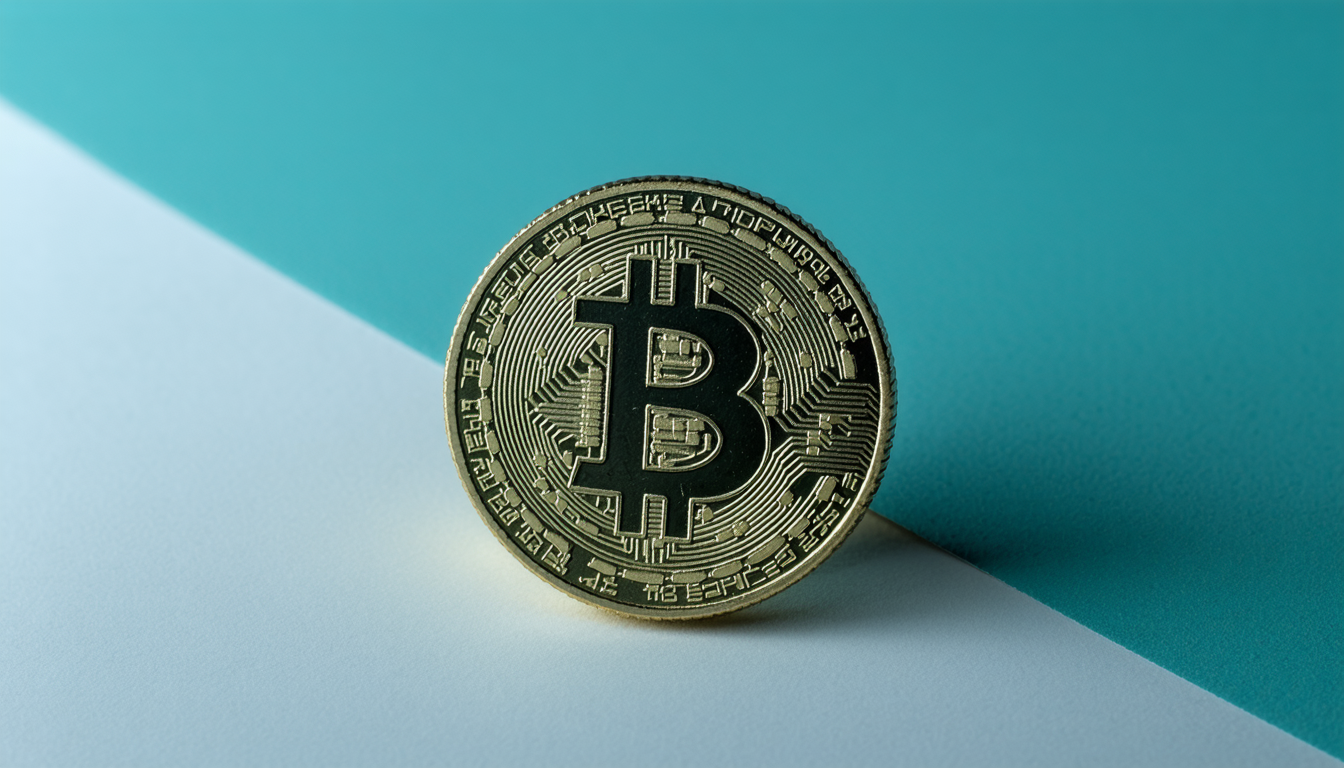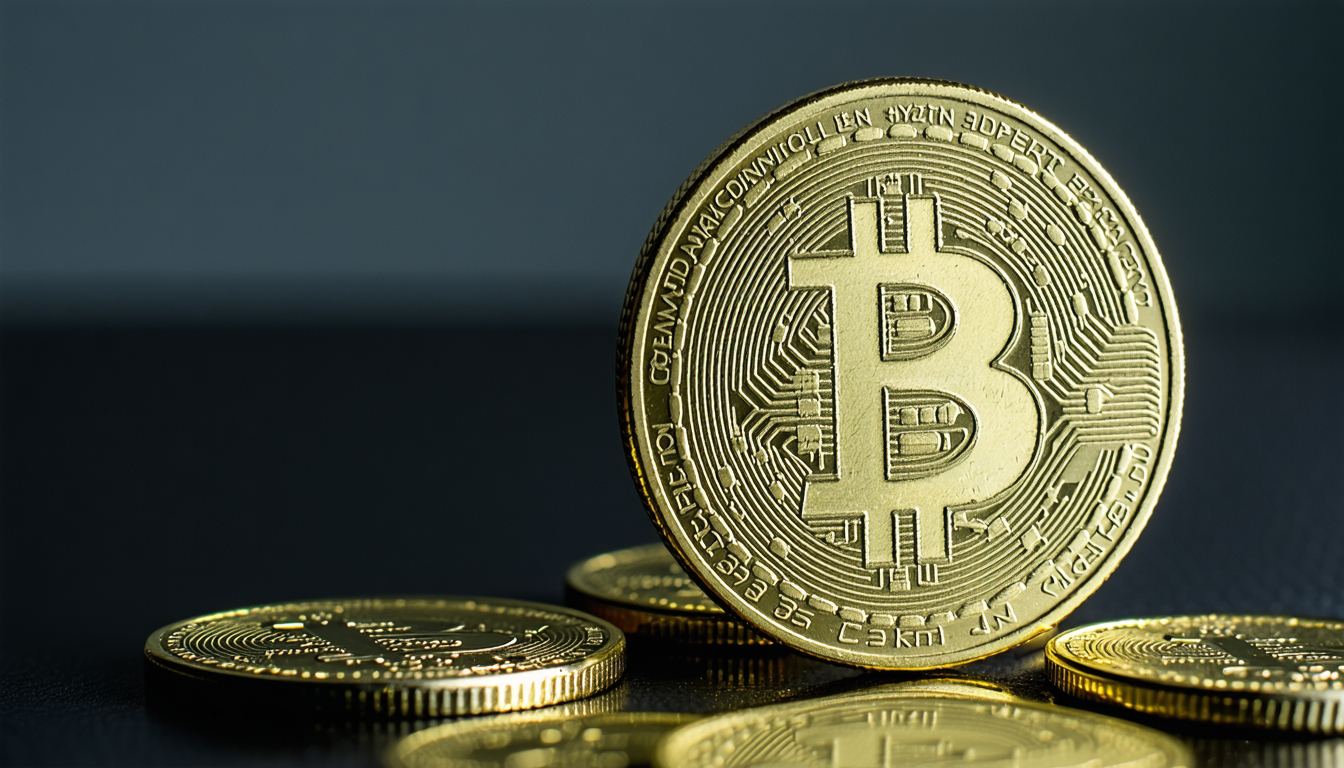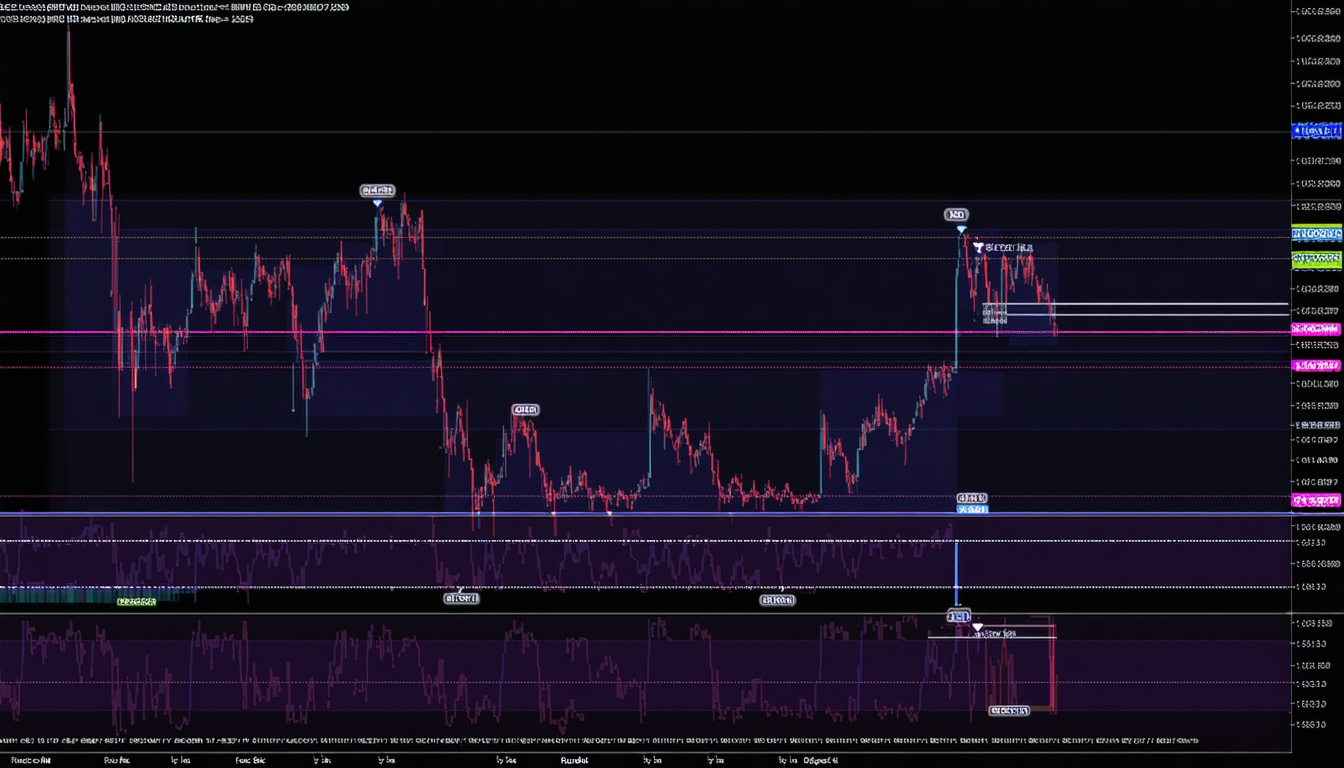Pi Coin, the digital asset powering the ambitious Pi Network project, is under renewed scrutiny as its price continues to slide and hopes for a major exchange listing remain unfulfilled. As of July 15, 2025, Pi Coin trades at approximately $0.45—down nearly 4% in the past day—raising questions about its long-term viability and market confidence among U.S. investors.
Ongoing Price Pressure Tests Investor Confidence
The recent months have seen Pi Coin’s value steadily decline, with data indicating a persistent bearish trend since May. The token is now just over 10% away from its all-time low, reflecting waning enthusiasm in both retail and institutional circles.
Market analysts point to several factors behind this downturn:
– Trading activity has slowed, with volume dropping by nearly 6% over the last 24 hours.
– The broader sentiment remains negative; technical indicators such as the Relative Strength Index (RSI) hover below neutral levels.
– Forecasts suggest further downside risk: some models predict prices could fall another 25% by November if current trends persist.
According to crypto analyst Ray Youssef, “The lack of transparency around Pi Network’s tokenomics and mainnet operations has made it difficult for larger exchanges—and their users—to trust or value PI appropriately.”
Exchange Listings Remain Out of Reach
A central concern for many stakeholders is Pi Coin’s absence from top-tier exchanges like Binance and Coinbase. Despite widespread community anticipation following the launch of Pi Network’s Open Mainnet earlier this year, neither platform has moved forward with a listing.
Industry observers cite three primary reasons:
– The project may not have formally applied or provided sufficient documentation required by these exchanges.
– Ongoing concerns about compliance standards and regulatory clarity surrounding PI’s distribution model.
– Questions regarding how PI will function in an open trading environment versus its current permissioned structure.
Currently, PI is available on several mid-tier centralized exchanges including OKX, MEXC, and Bitget—but these platforms offer limited liquidity compared to industry leaders. Wong Lee, a blockchain consultant based in New York City, notes: “A Binance or Coinbase listing would be transformative for both visibility and price stability but requires greater transparency from Pi Network’s team.”
Token Unlocks Add Volatility
Adding further complexity are scheduled unlock events set for July and August that will see more than 275 million new PI tokens enter circulation across two months. This influx represents one of the largest supply increases since launch:
- July unlock: ~137.85 million tokens
- August unlock: ~138.83 million tokens
Such large-scale releases often exert downward pressure on price unless met with proportional demand growth—a scenario that appears unlikely given current sentiment trends.
Community Sentiment Divided Over Next Steps
Within online forums dedicated to Pi Network—including sizable U.S.-based groups—opinions are sharply divided:
Supporters argue that ongoing development efforts behind-the-scenes will eventually yield utility-driven demand once key features roll out on mainnet.
Skeptics highlight repeated delays in promised milestones (such as exchange listings) alongside falling prices as evidence that momentum may be fading irreversibly.
Some users express frustration at what they perceive as opaque communication from core developers regarding timelines for critical updates or partnerships.
Implications For U.S.-Based Investors And Broader Crypto Markets
For American investors who mined or acquired PI during earlier phases:
– Immediate prospects appear challenging due to restricted access via major regulated platforms.
– Those holding significant amounts face uncertainty around liquidity options should they wish to sell at scale without incurring steep slippage costs.
From a macro perspective:
Pi Coin’s struggles mirror broader themes within cryptocurrency markets, where projects lacking clear regulatory pathways or transparent governance structures increasingly find themselves sidelined amid tightening oversight worldwide.
Regulatory experts warn that any future push toward mainstream adoption must address compliance head-on—not only to secure exchange listings but also to build lasting trust among users wary after recent high-profile failures elsewhere in crypto finance.
Outlook: Can pi coin Recover?
Looking ahead into late summer:
Market watchers expect continued volatility driven by upcoming token unlocks combined with unresolved questions about future listings on top U.S.-regulated venues.
Potential catalysts include announcements related to new partnerships or technological upgrades—but absent concrete progress here; most forecasts remain cautious if not outright bearish through Q3 2025.
As blockchain strategist Emily Carter summarizes: “Without decisive action from both developers and regulators alike—and soon—it’s hard to see how pi coin can reverse course before year-end.”
In summary,
the coming weeks represent a pivotal juncture for pi coin holders nationwide,
with outcomes likely shaped less by hype than by hard decisions around transparency,
compliance,
and real-world utility delivery within an evolving digital asset landscape.















Leave a comment